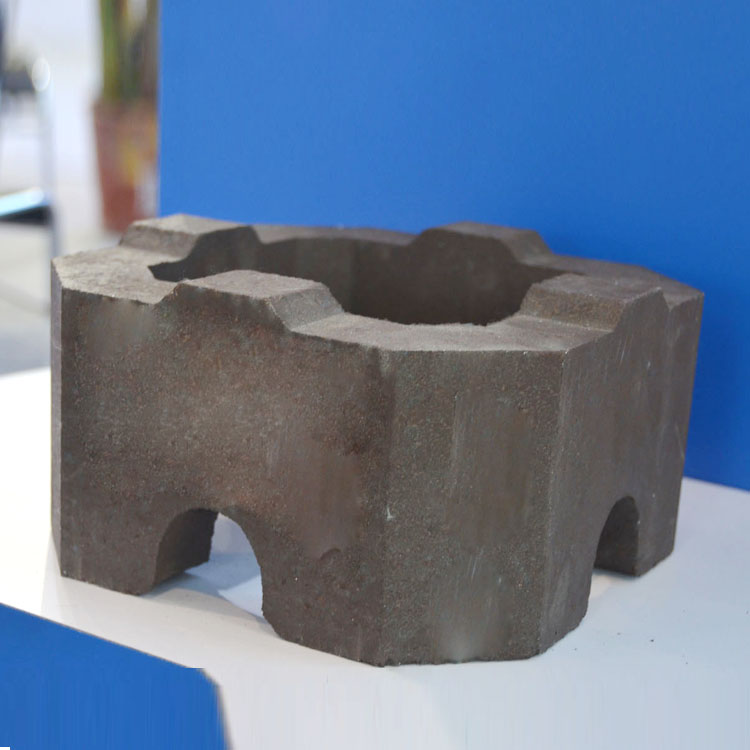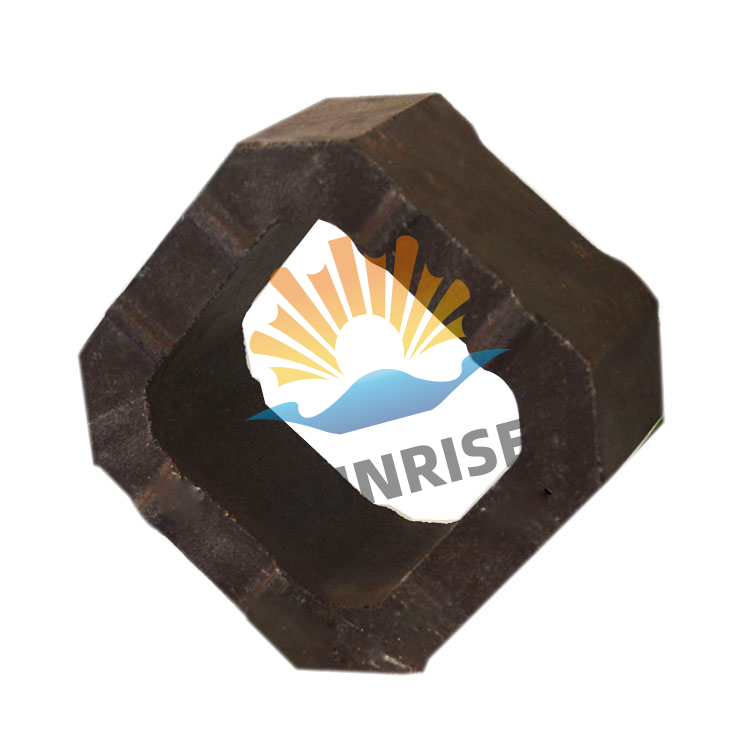
In high-temperature industrial operations, refractory materials play a crucial role. Their performance directly impacts the efficiency, safety, and cost-effectiveness of production processes. When refractory materials fail to meet the required standards, it can lead to a series of problems. For instance, in a steel smelting furnace, sub - standard refractory materials may cause frequent shutdowns for repairs, increasing production costs and reducing output. According to industry statistics, improper refractory materials can increase maintenance costs by up to 30% and reduce production efficiency by 20%. This is where high - temperature magnesia - chrome bricks come into the picture.

High - temperature magnesia - chrome bricks are made from sintered magnesia and refractory - grade chrome ore. Sintered magnesia is known for its high melting point, typically around 2800°C, which provides excellent thermal stability. It also has good resistance to basic slag, making it suitable for high - temperature environments. Refractory - grade chrome ore, on the other hand, enhances the corrosion resistance of the bricks. The combination of these two raw materials results in a product with superior performance.
The bricks are bonded using a silicate binder. The silicate binder forms a strong bond between the particles of sintered magnesia and chrome ore. This bonding mechanism not only improves the mechanical strength of the bricks but also enhances their resistance to thermal shock. When heated, the silicate binder forms a glassy phase that fills the pores between the particles, preventing the penetration of molten slag and gases.
In terms of strength, high - temperature magnesia - chrome bricks have a compressive strength of up to 50 MPa, which is significantly higher than many other refractory materials. This high strength allows them to withstand the heavy loads in industrial furnaces. Their corrosion resistance is also remarkable. Tests have shown that they can resist the corrosion of acidic and basic slags for up to 1000 hours under high - temperature conditions.
Let's compare the performance of magnesia - chrome bricks and magnesia bricks under thermal cycling. In a test of 100 thermal cycles between 1000°C and room temperature, magnesia - chrome bricks showed only a 5% reduction in strength, while magnesia bricks showed a 20% reduction. This clearly demonstrates the superior thermal cycling performance of magnesia - chrome bricks.

High - temperature magnesia - chrome bricks have been widely used in various industries. In the steel smelting industry, they are used in the lining of electric arc furnaces and converters. A steel plant in Europe reported that after using high - temperature magnesia - chrome bricks, the service life of their furnaces increased from 300 heats to 500 heats, resulting in significant cost savings.
In the glass manufacturing industry, these bricks are used in the melting tanks. They can withstand the high - temperature and corrosive environment of the glass melt, ensuring the stable operation of the glass - making process. A glass factory in Asia found that the use of magnesia - chrome bricks reduced the frequency of tank repairs and improved the quality of the glass products.
.jpg)
In conclusion, high - temperature magnesia - chrome bricks offer a combination of high strength, excellent corrosion resistance, and good thermal cycling performance. Their use can significantly improve the efficiency and cost - effectiveness of industrial processes. If you are still considering which refractory material to choose for your high - temperature operations, we encourage you to contact us for more information or request a sample for testing. Visit our official website [Website URL] or email us at [Email Address] to get started.
Don't miss out on the opportunity to enhance your industrial operations with our high - temperature magnesia - chrome bricks. Contact us now and experience the difference!

